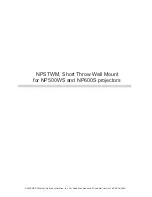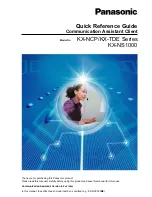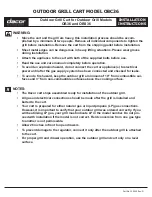
Figure 8.
TriggerBoxController software
4.
Once the TriggerBox is connected to the software, conduct a test shot by pressing the red button at
the bottom right of the screen. If the flash fires then it is receiving a signal. If it doesn't fire it is not
receiving a signal. Check the cable is seated correctly and try again. If again it doesn't fire change the
cable connecting the flash to the TriggerBox. If you are still experiencing problems, please get in touch
letting us know the make and model of your flash/strobe and we can advise on its compatibility.
5.
Hopefully, all the cameras in your setup will have captured an image. If not, the first thing to check
is that the settings on all the cameras are identical. With multi-camera setups, it is critical that all the
camera shutters are open at the same time so it is important to ensure all the cameras are set to
Manual Focus and use a slow shutter speed (such as 1/10). If all your camera settings are the same and
some cameras are still not getting a proper exposure you will need to delay the firing of the flash.
Capturing the flash during the exposure
1.
Flashes are much more responsive than cameras. In order for your multi-camera setup to capture
the flash reliably, you may have to delay the TriggerBox output that is connected to the flash. This will
ensure the flash fires once all your cameras shutters are open. The delay can be programmed using the
TriggerBoxController software.
2.
The delay value can be worked out through a simple calculation using:
●
Your cameras shutter lag (response time)
●
Half of the shutter duration
Your cameras shutter lag can be found online via
who hold all information about
most camera models including full specification. Simply type in your camera model and view Full
specification.
24
Содержание TriggerBox
Страница 1: ......














































